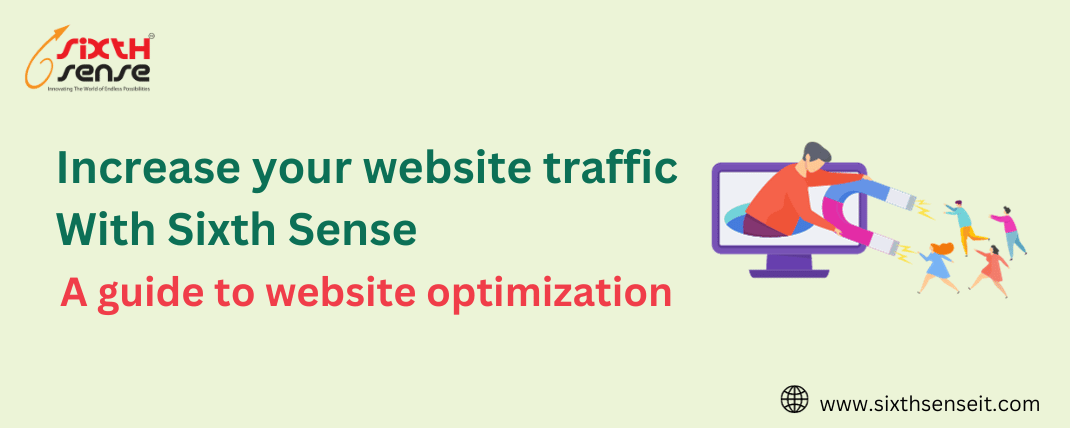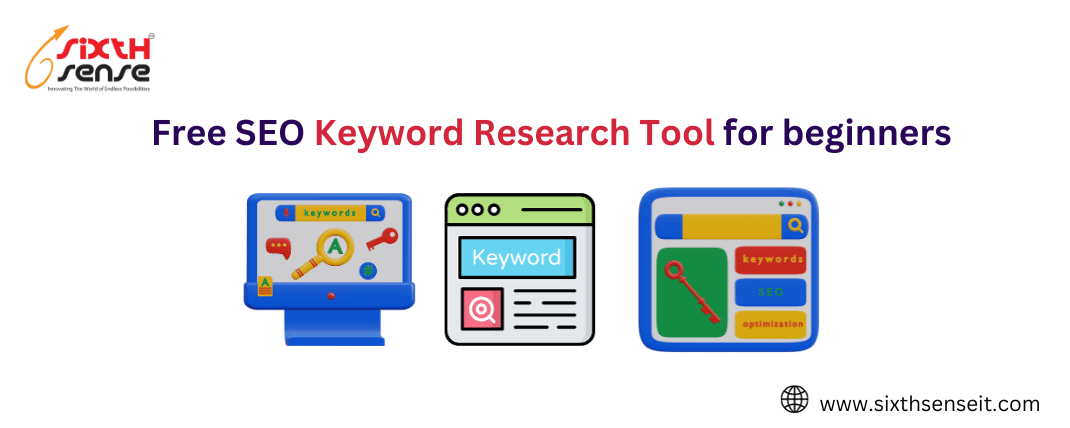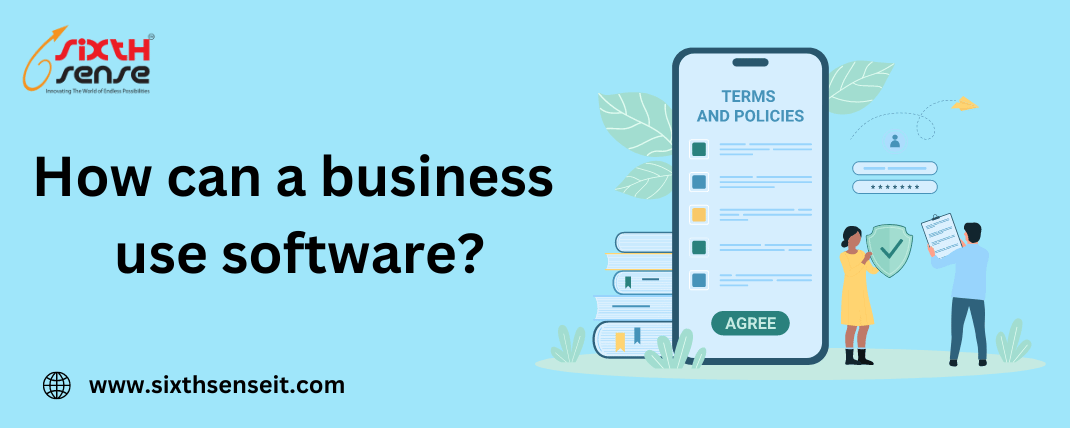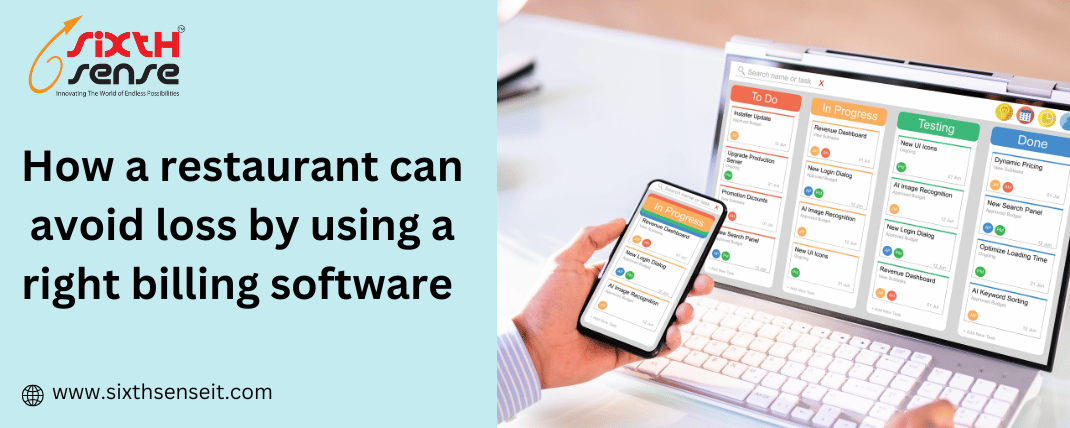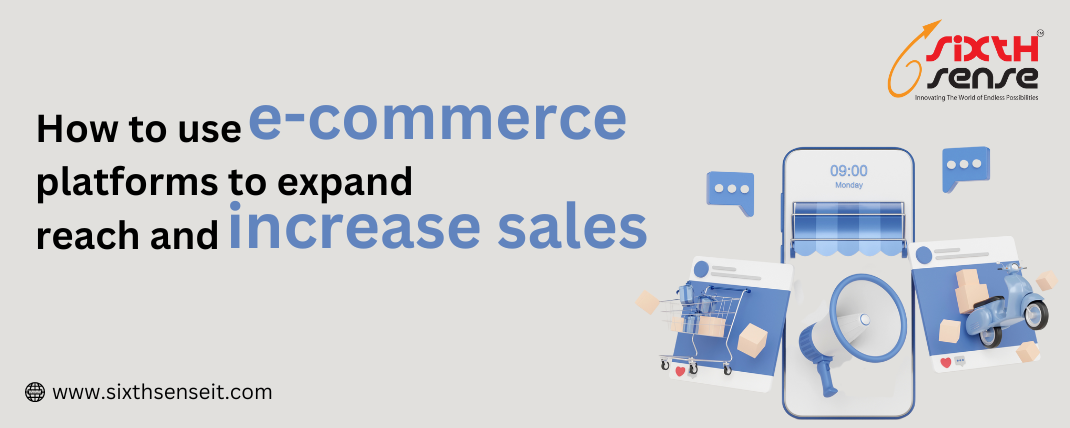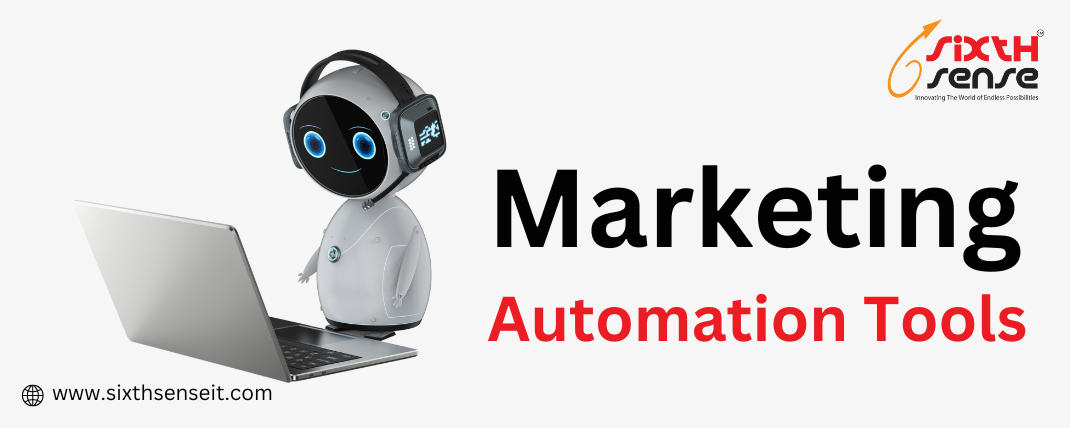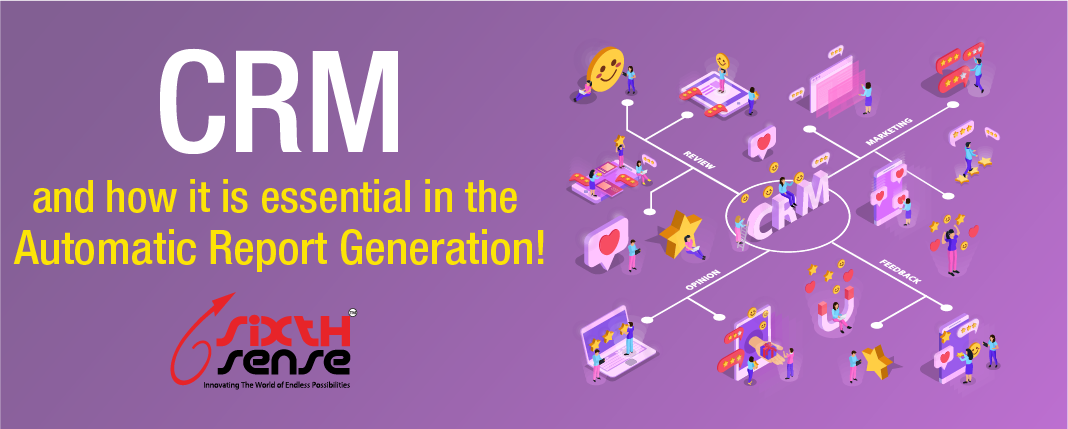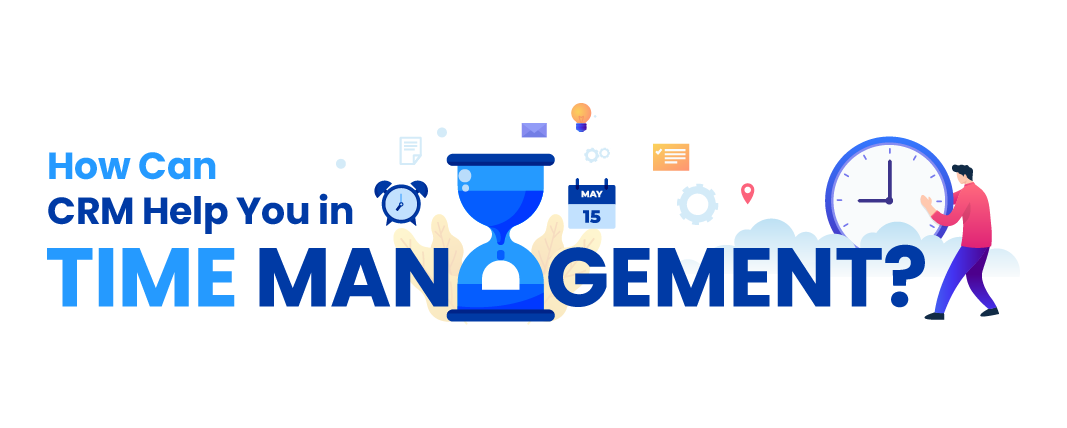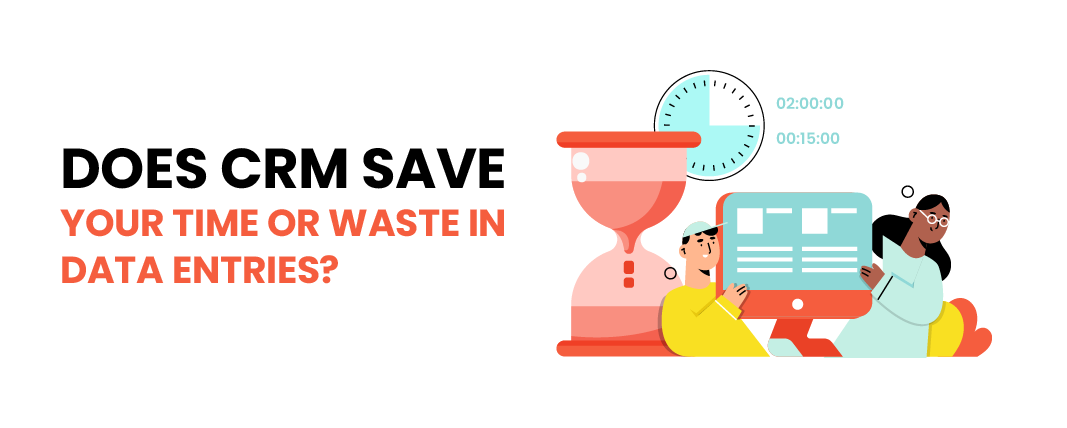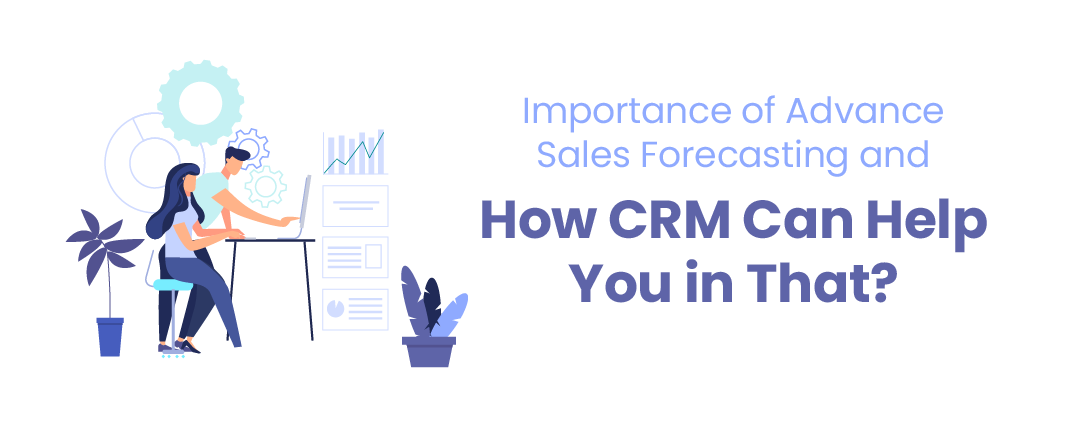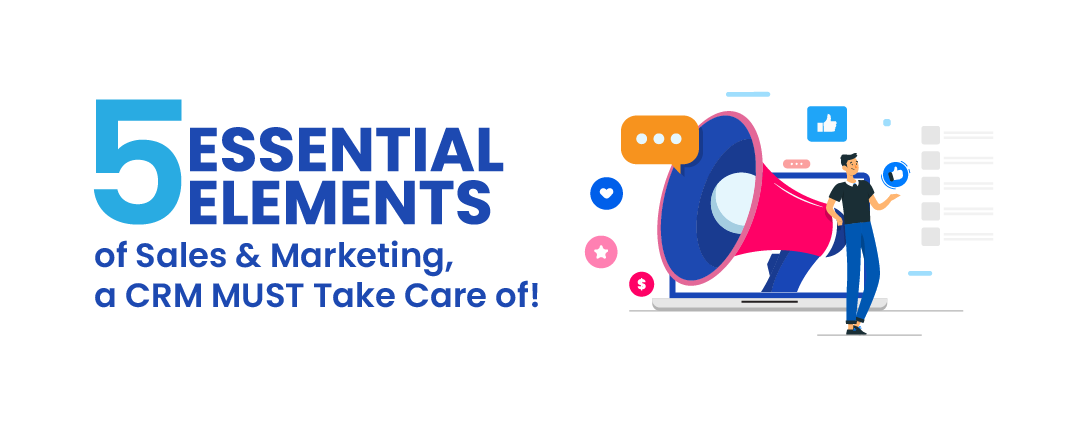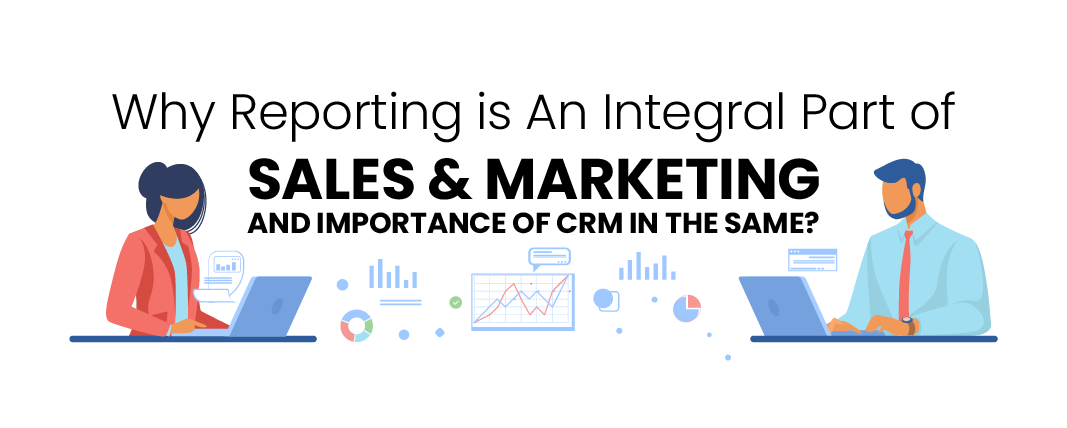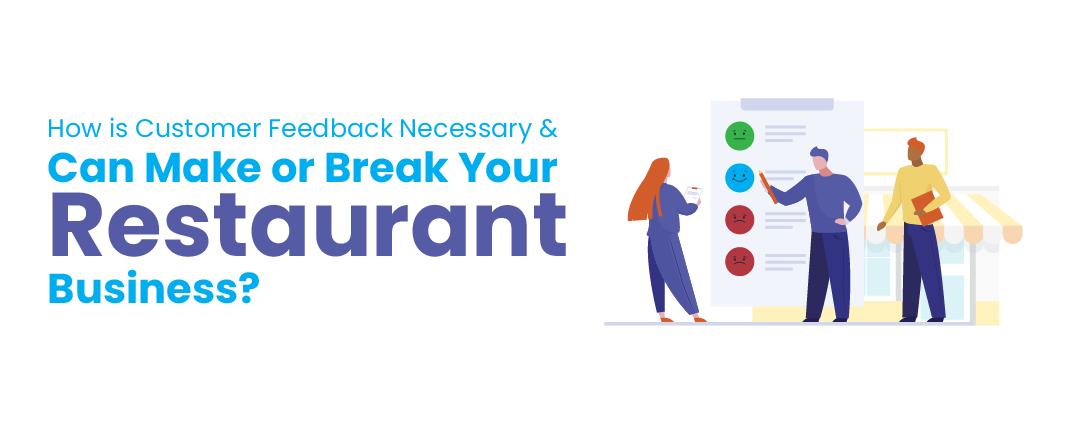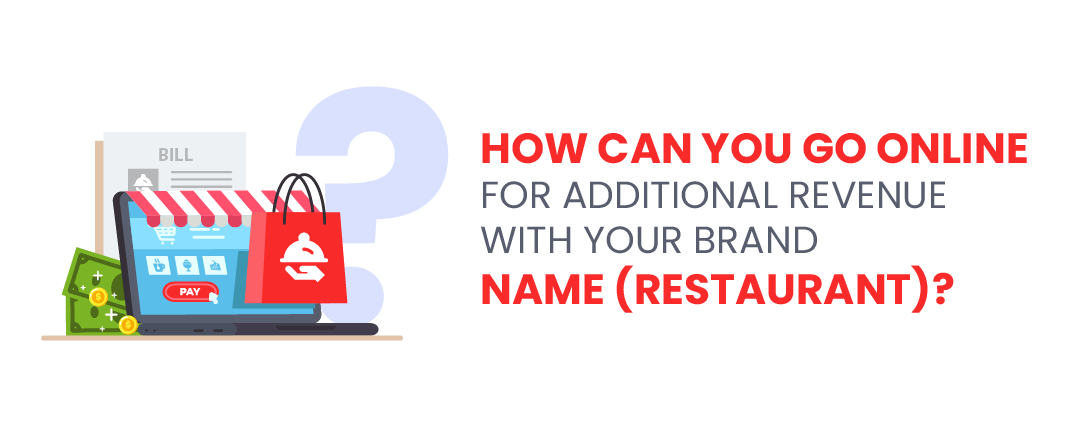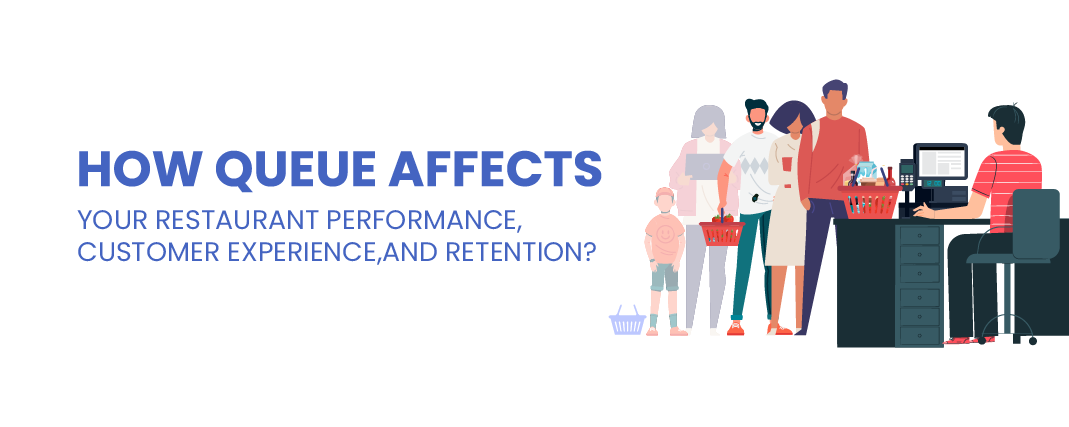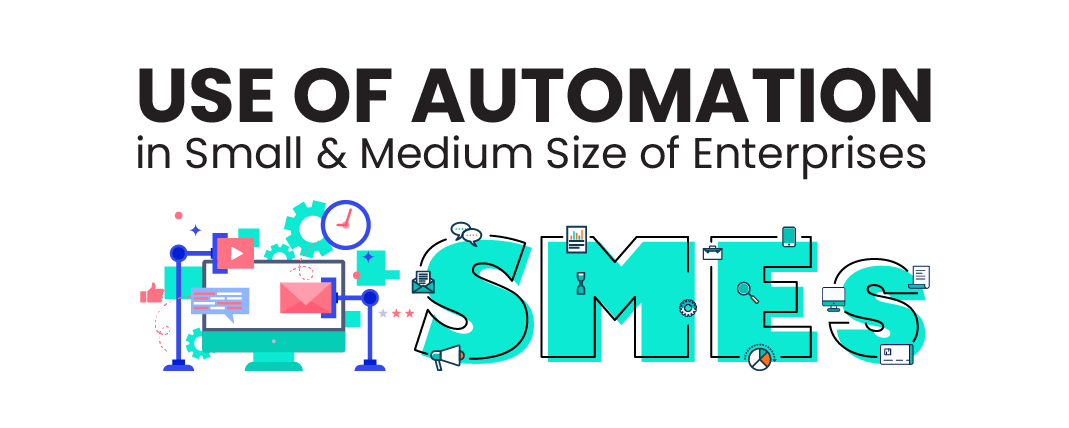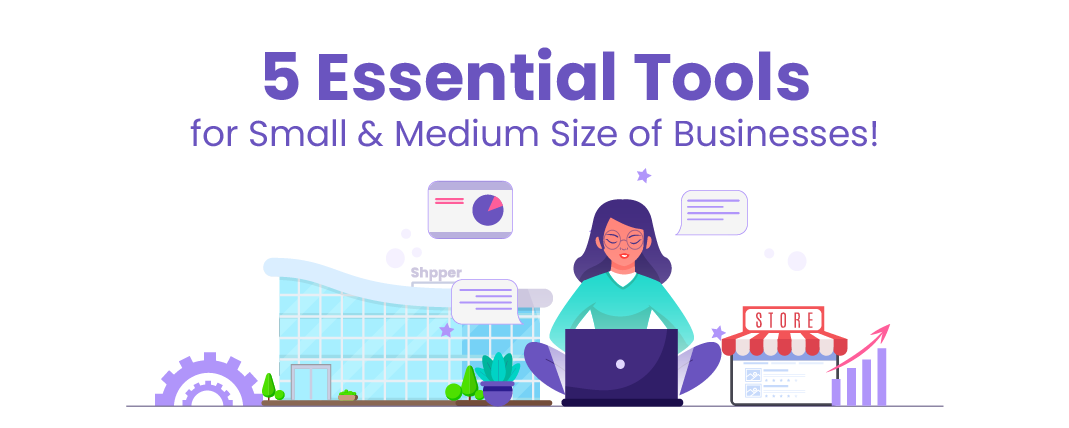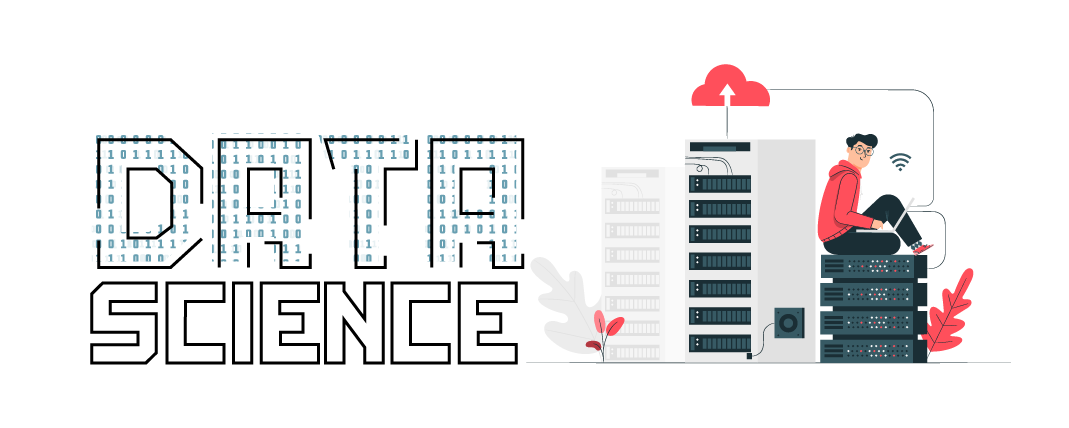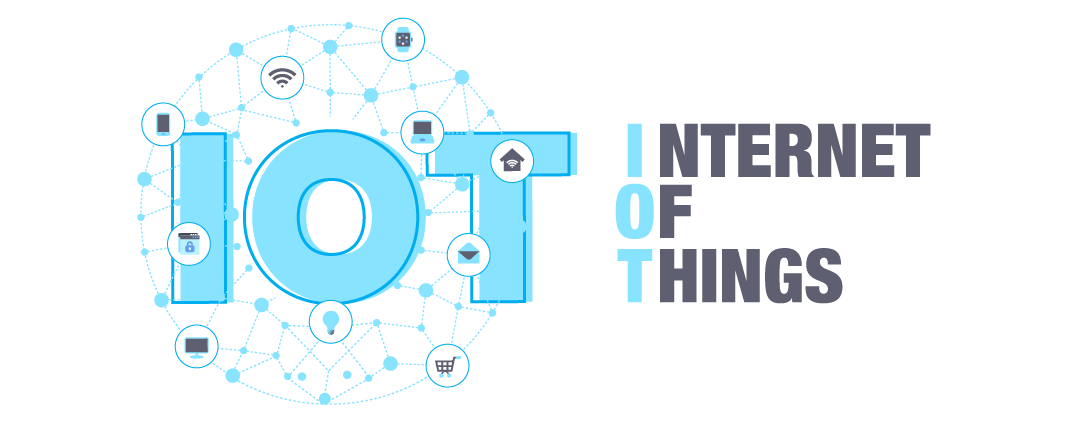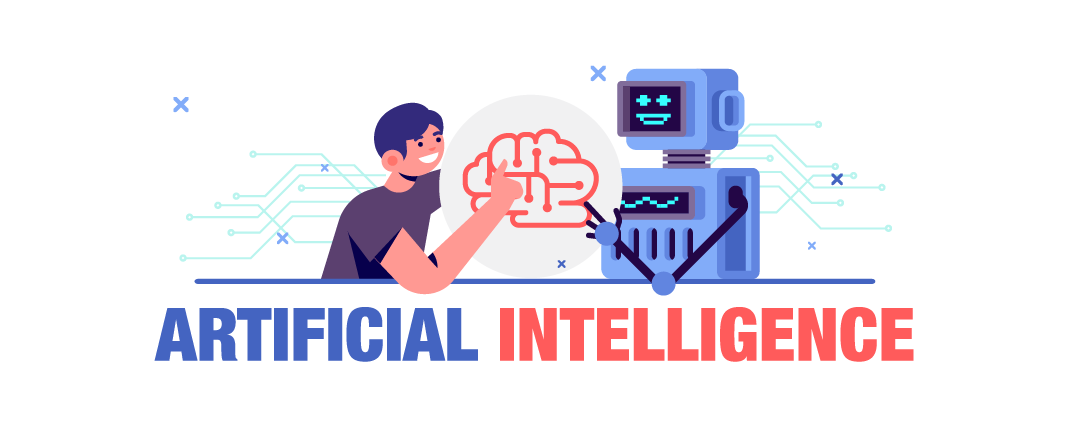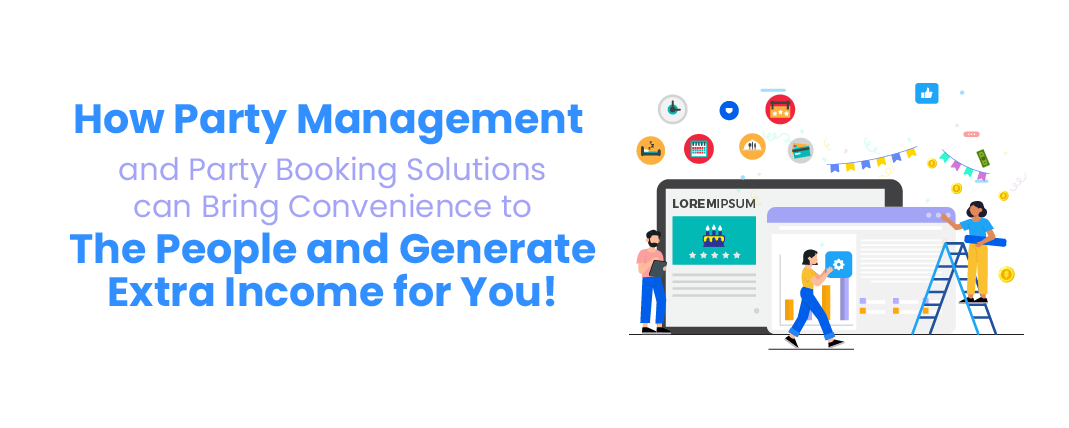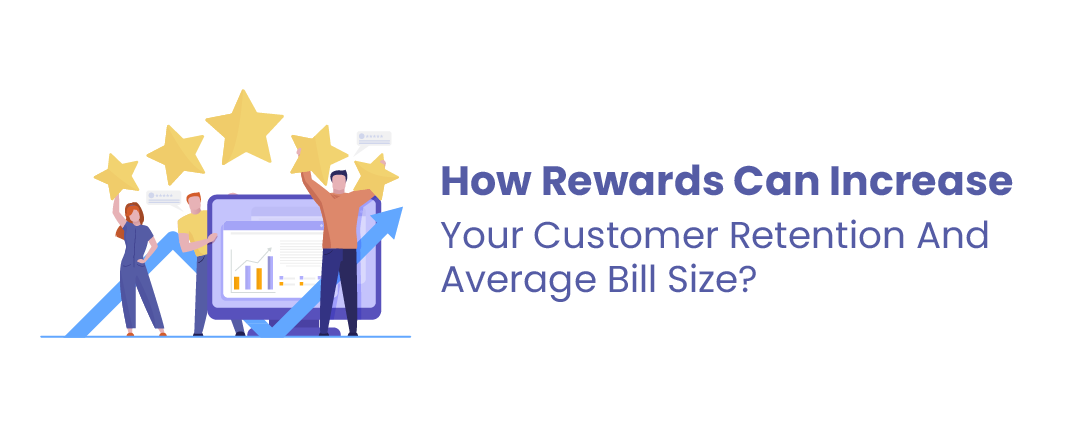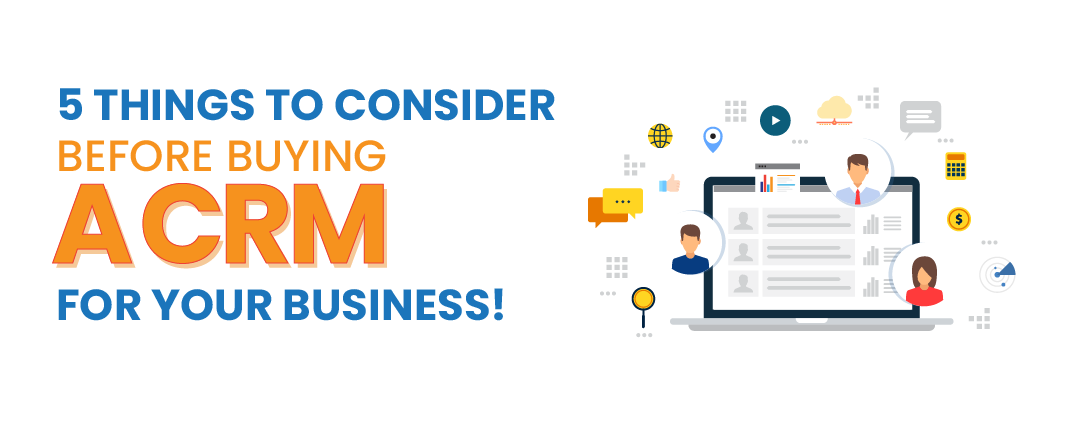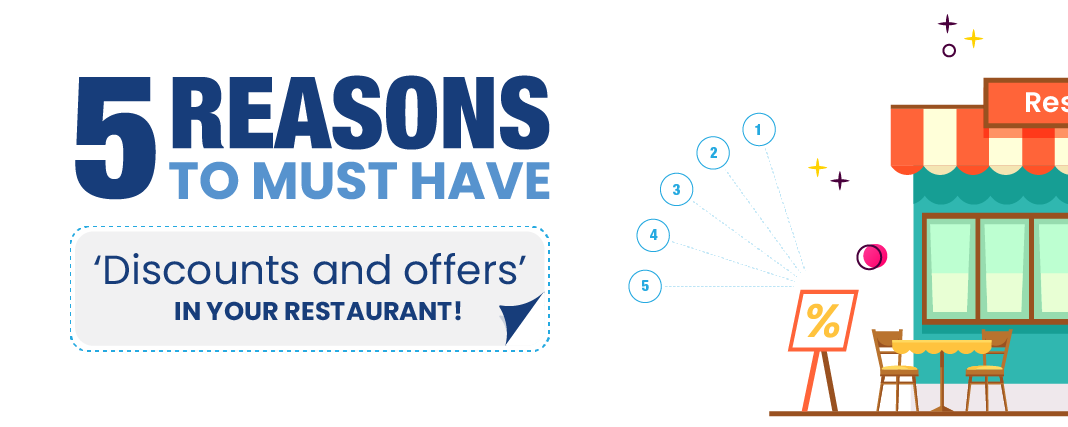
Web Accessibility: Making Your Website Inclusive for All Users
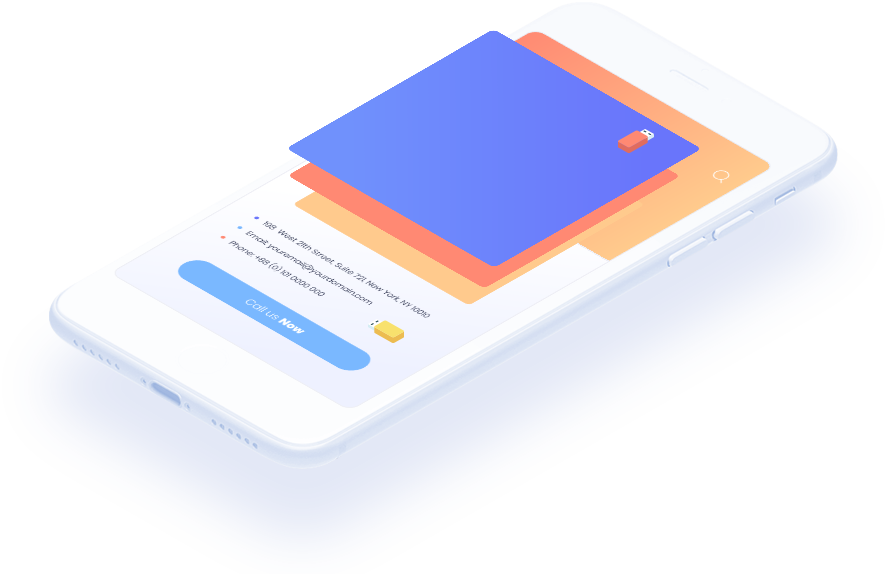

The internet has become an integral part of our daily lives, offering a wealth of information, services, and entertainment. However, not everyone can fully enjoy the online experience due to various disabilities or impairments. This is where web accessibility comes into play. In this comprehensive guide, we'll explore the importance of web accessibility, its impact on users, and provide detailed insights into making your website inclusive for everyone.
Web accessibility refers to the practice of designing and developing websites and web applications in a way that ensures equal access and usability for all individuals, regardless of their disabilities or impairments. It's about creating a digital space that everyone can navigate, understand, and interact with comfortably.
Why is web accessibility so important? Let's delve into some key reasons:
To truly grasp the importance of web accessibility, it's crucial to understand the significant impact it has on individuals and society as a whole.
Web accessibility ensures that everyone has access to vital information, such as news, educational resources, and government services. For individuals with disabilities, the internet can be a lifeline for acquiring knowledge and staying informed.
Inaccessible websites can create barriers to employment, education, and social participation. Making your website accessible contributes to a fairer society where everyone has equal opportunities.
Accessible websites can open up new markets and customers. Ignoring accessibility means missing out on potential revenue streams from individuals with disabilities and their networks.
Many countries and regions, including the United States, the European Union, and Australia, have laws mandating web accessibility. Failing to comply with these regulations can result in legal consequences.
An accessible website reflects positively on your brand. It demonstrates a commitment to inclusivity and can enhance your reputation among users and stakeholders.
Now, let's explore the fundamental principles that underpin web accessibility.
The WCAG, developed by the Web Accessibility Initiative (WAI) of the World Wide Web Consortium (W3C), is the internationally recognized standard for web accessibility. It defines four core principles:
Now that we've covered the principles, let's delve into practical steps you can take to make your website more accessible.
Include descriptive alternative text (alt text) for images. This text provides context and information about the image to users who cannot see it. Alt text should be concise and convey the image's purpose.
Ensure that all interactive elements, such as forms and buttons, can be accessed and operated using a keyboard alone. This is vital for users who cannot use a mouse.
Provide captions for videos and transcripts for audio content. This benefits users with hearing impairments and those who prefer or require written content.
Maintain consistent and predictable navigation throughout your website. Users should be able to move around and locate information without confusion.
Pay attention to color choices and contrast ratios. Ensure that text and other important elements have sufficient contrast to be easily readable.
Design accessible forms by providing clear labels, grouping related fields, and offering helpful error messages. Assistive technologies need proper form structure to guide users effectively.
To assist you in your web accessibility efforts, here are some valuable tools and resources:
Browser Extensions
Web accessibility continues to evolve, influenced by technological advancements and changing user needs. Here are some trends that may shape the future of web accessibility:
Improved AI and Machine Learning
AI-driven accessibility features, such as automatic image descriptions and voice-guided navigation, can enhance web accessibility further.
As AR and VR technologies become more prevalent, ensuring accessibility in these immersive experiences will be a challenge and opportunity.
With the increasing use of smartphones and mobile devices, mobile accessibility features will continue to evolve, benefiting users on the go.
Global Accessibility Standards
Efforts to create consistent and globally recognized accessibility standards will simplify compliance for website developers worldwide.
Web accessibility is not just a legal requirement; it's a moral imperative. Creating an inclusive digital space ensures that everyone, regardless of their abilities or disabilities, can participate fully in the online world. By following the principles of accessibility, implementing practical steps, and using the tools and resources available, you can make your website a beacon of inclusivity. Remember, web accessibility is not just about compliance; it's about making the internet a better place for all users.












